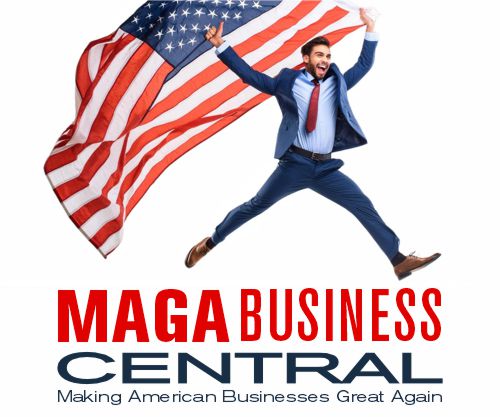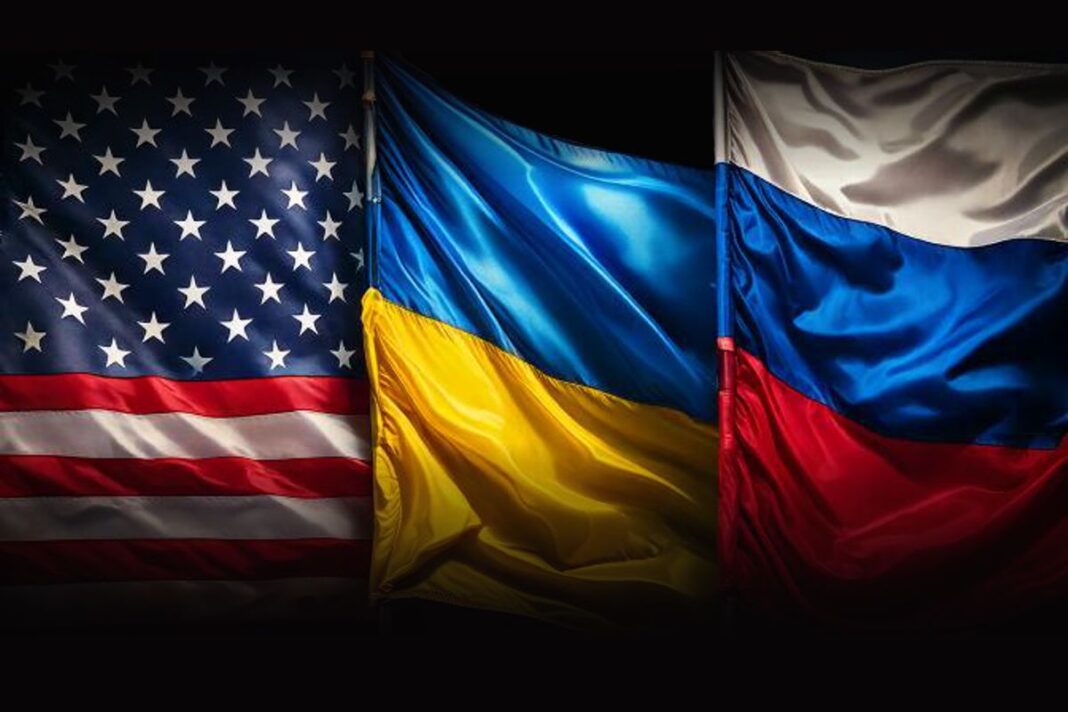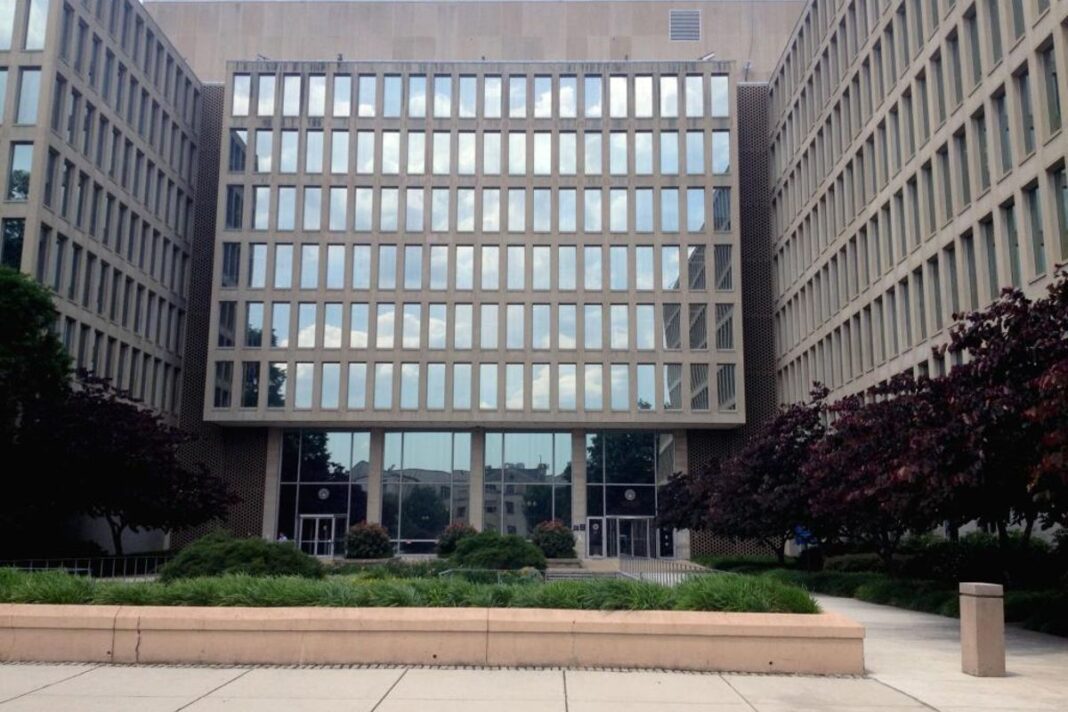The agency that represented the United States’ vision and compassion has failed in recent years to safeguard funds and submit to oversight, GOP lawmakers say.
President John F. Kennedy swept into office in 1961 with an optimistic vision that inspired the nation. His inaugural address invited Americans to join a noble campaign to improve human flourishing.
“And so, my fellow Americans, ask not what your country can do for you—ask what you can do for your country,” Kennedy said. “My fellow citizens of the world, ask not what America will do for you, but what together we can do for the freedom of man.”
Within months, that vision launched the Peace Corps, the Apollo moon mission, and the U.S. Agency for International Development (USAID).
USAID was the first government body dedicated solely to helping other nations create the economic, political, and social institutions that would improve their citizens’ quality of life.
That was 64 years ago.
Today, USAID stands on the brink of closure, having lost the confidence of the president and members of Congress, particularly Republicans.
Champions of USAID see the Trump administration’s effort to close or reorganize the agency as a squabble over spending priorities or, worse, an effort to discontinue foreign aid altogether.
Republicans say that the point is not to eliminate foreign development or compassionate relief but to bring them back into the service of U.S. foreign policy.
Here’s how the agency that once represented the United States’ expansive global vision came to be a target for government reform.
Founding Vision
USAID was created to implement the Foreign Assistance Act of 1961, which states that helping developing countries join the world community as stable, economically viable nations is the best way to preserve “the individual liberties, economic prosperity, and security of the people of the United States.”
An archived version of the USAID website lists the various tactics used to achieve that aim. The agency moved from offering technical and capital assistance programs in the 1960s to food, health, education, and population planning programs in the 1970s.
The focus shifted to the development of free markets in the 1980s and finally to sustainable development in the 1990s, whereby countries were given foreign aid packages tailored to their particular needs. During the 2000s, USAID focused on rebuilding war-torn countries.
Along the way, USAID began to outsource much of the actual work to contractors, relying first on private voluntary organizations then on nongovernmental organizations, others in the private sector, and foundations.






